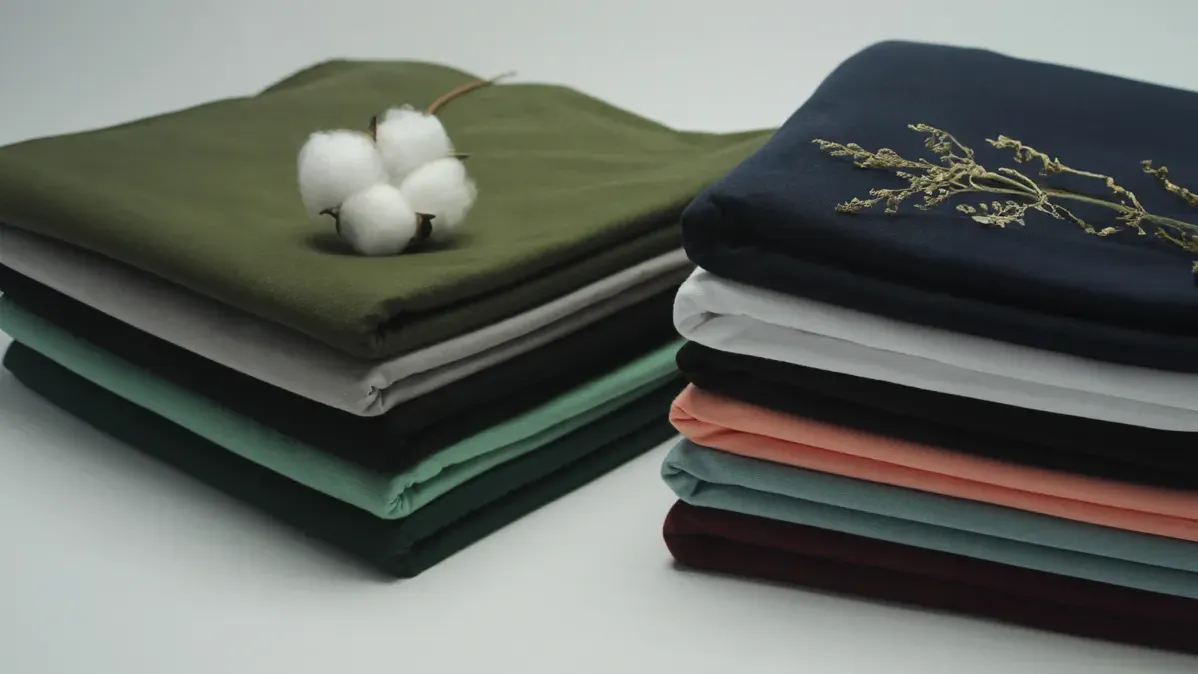
Choosing the appropriate fabric for uniforms is a critical decision that influences the comfort, durability, and overall functionality of the clothing. The right fabric ensures that uniforms meet the specific requirements of the job while keeping wearers comfortable and maintaining a professional appearance. This essay provides valuable insights into the factors to consider when selecting fabrics for uniforms.
**1. Assessing Functional Requirements:
Understanding the work environment and functional requirements of the uniforms is the first step. Consider factors such as the nature of work, exposure to different elements, mobility needs, and any safety or protective requirements. For instance, uniforms for outdoor work may require weather-resistant fabrics, while those in healthcare may need to prioritize ease of movement and hygiene.
**2. Considering Comfort and Wearability:
Comfort is a key consideration in choosing the right fabric. Fabrics should be breathable, soft, and non-irritating to the skin. Cotton, for example, is known for its breathability and comfort, making it suitable for uniforms worn for extended periods.
**3. Evaluating Durability and Longevity:
Uniforms need to withstand the rigors of daily wear and frequent laundering. The fabric's durability is crucial to ensure a longer lifespan of the uniforms. Fabrics such as polyester blends, which offer a good balance of durability and comfort, are often chosen for this purpose.
**4. Assessing Maintenance Needs:
Consider the ease of care and maintenance for the chosen fabric. Fabrics that are easy to launder, wrinkle-resistant, and require minimal special care instructions can save time and resources in the long run. This is especially important for uniforms worn on a daily basis.
**5. Understanding Seasonal Requirements:
Take into account the climate and weather conditions in which the uniforms will be worn. Fabrics should provide appropriate insulation in cold weather and breathability in hot weather. Layered uniforms or fabric blends that adapt to different temperatures are ideal for varying climates.
**6. Accounting for Aesthetics and Branding:
Practical considerations, such as the maintenance of uniforms, should also guide color choices. Colors that are easily laundered and resist fading are usually preferred for the sake of longevity and cost-effectiveness.
**7. Eco-Friendly and Sustainable Options:
In line with increasing environmental awareness, consider environmentally friendly fabric options. Sustainable fabrics made from organic or recycled materials align with eco-conscious values and contribute to a greener approach in uniform selection.
In conclusion, choosing the right fabric for uniforms involves a thorough assessment of functional requirements, comfort, durability, maintenance needs, seasonal considerations, aesthetics, and sustainability. By carefully evaluating these factors, organizations can select fabrics that not only meet the practical demands of the job but also enhance the overall experience and well-being of the wearers. Ultimately, a well-informed fabric choice leads to uniforms that are both functional and representative of the brand's values and identity.






